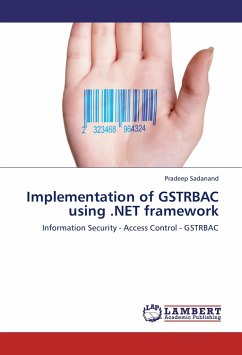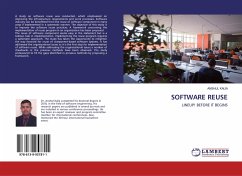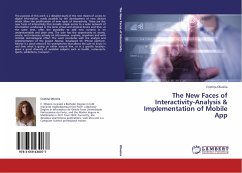Most organizations at present employ Role Based Access Control (RBAC) model for Information Security, an effective technique to manage user access rights. As RBAC constraints do not consider human factors, such as illness, personnel commitment or social obligation, organizations performance gets affected and also obstructs organization's ability in managing resources. Depending upon the application needs, an RBAC model should be able to support one or more of the following categories of Spatial- temporal constraints; · Spatial-Temporal constraints on roles · Spatial-Temporal constraints on user-role assignments · Spatial-Temporal constraints on user-permission assignments The objective of such categorization is to facilitate secure accessibility into the system during non availability of an authorized user, without tampering organizations access control mechanism. This book demonstrates how to extend the existing RBAC model for Spatial- temporal constraints.







